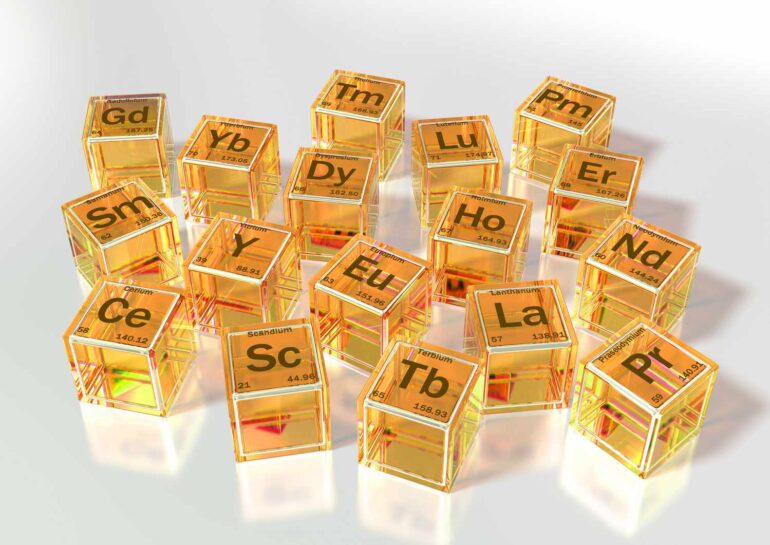TL;DR:
- Scientists leverage AI to predict mineral locations on Earth and other planets.
- Traditional methods for identifying minerals were subjective and reliant on experience and luck.
- A machine learning model utilizing the Mineral Evolution Database accurately predicts unknown mineral occurrences based on association rules.
- Testing in the Mojave Desert yielded successful results in locating geologically important minerals and potential areas rich in critical rare earth elements and lithium minerals.
- Mineral association analysis empowers experts in various scientific fields, including mineralogy, petrology, economic geology, and planetary science.
Main AI News:
In a groundbreaking stride, researchers have harnessed the potential of artificial intelligence (AI) to uncover hidden reservoirs of rare materials, both on Earth and beyond. This remarkable development holds great significance for the realms of science and industry, as they persistently delve into mineral deposits to unveil our planet’s ancient history and tap into valuable resources for various practical applications, including the production of rechargeable batteries.
Leading the charge is a dynamic team spearheaded by Shaunna Morrison and Anirudh Prabhu, who embarked on a mission to devise a method for identifying the presence of specific minerals. Traditionally considered a blend of artistry and scientific expertise, this pursuit often relied on individual experience and a touch of serendipity.
Undeterred by the challenges, the team devised a cutting-edge machine learning model, leveraging data from the Mineral Evolution Database. This extensive repository encompasses a staggering 295,583 mineral localities housing 5,478 distinct mineral species. By harnessing the power of association rules, their model exhibited the remarkable capability of predicting previously unknown occurrences of minerals.
To put their creation to the test, the authors ventured into the Tecopa basin nestled within the Mojave Desert—a renowned environment resembling the red planet, Mars. Remarkably, the model not only accurately pinpointed the locations of geologically vital minerals such as uraninite alteration, rutherfordine, andersonite, schröckingerite, bayleyite, and zippeite, but also unveiled promising areas for critical rare earth elements and lithium minerals. Among these discoveries were monazite-(Ce), allanite-(Ce), and spodumene—highly sought-after resources in the field.
The profound implications of mineral association analysis extend to a broad range of scientific disciplines, encompassing mineralogists, petrologists, economic geologists, and planetary scientists. This transformative approach empowers these experts with a potent predictive tool, paving the way for unparalleled advancements in their respective fields.
Conclusion:
The application of AI in predicting mineral locations represents a major breakthrough in the market for mineral exploration and resource extraction. By harnessing the power of machine learning and association rules, companies in the mining industry can significantly enhance their prospecting efforts, reducing costs and increasing the efficiency of resource identification. This technology holds immense potential for improving the exploration and extraction of rare earth elements and lithium minerals, which are vital components in various industries such as electronics, renewable energy, and transportation. The ability to pinpoint promising mineral deposits with greater accuracy and reliability will undoubtedly drive innovation, attract investments, and reshape the market dynamics in the mineral extraction sector.

